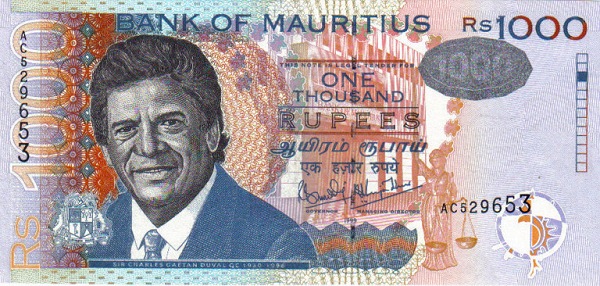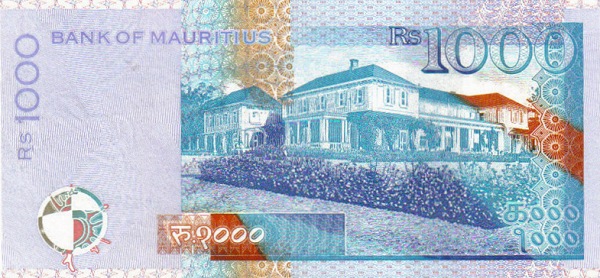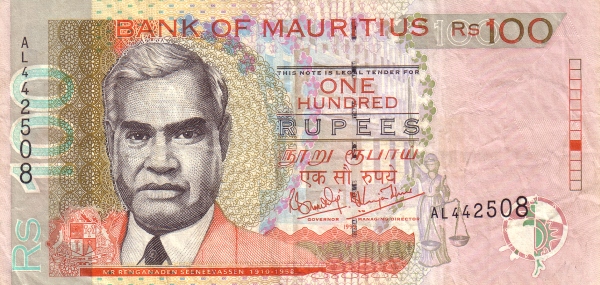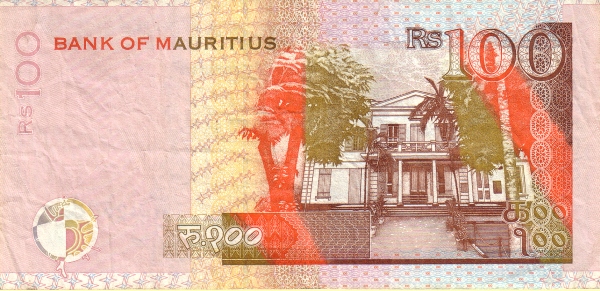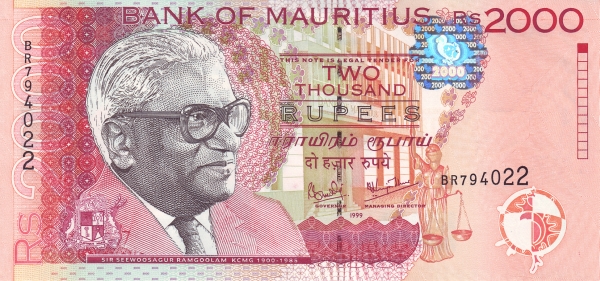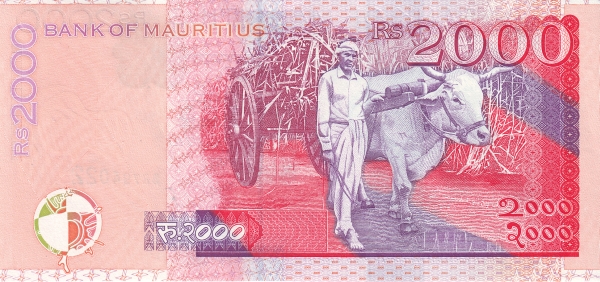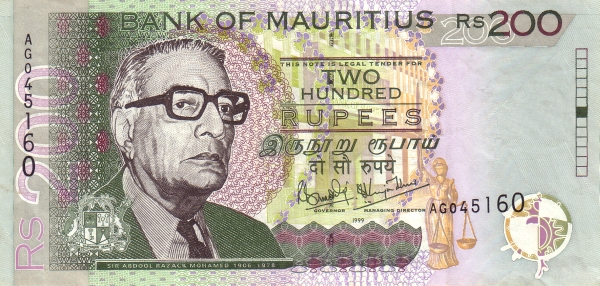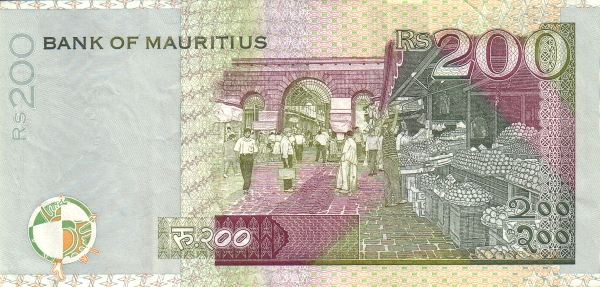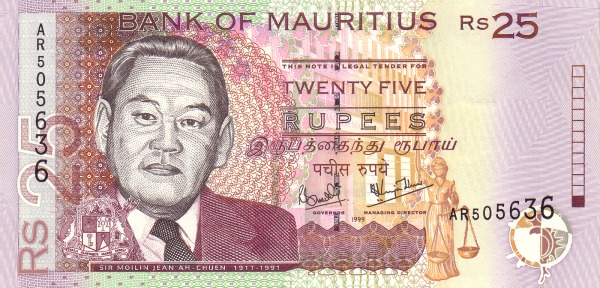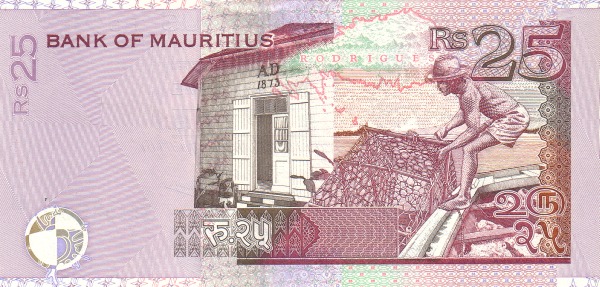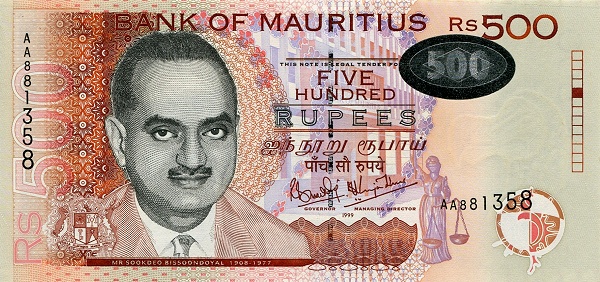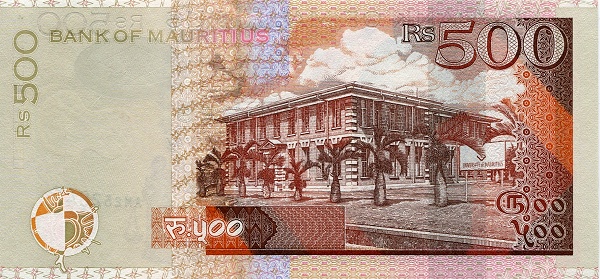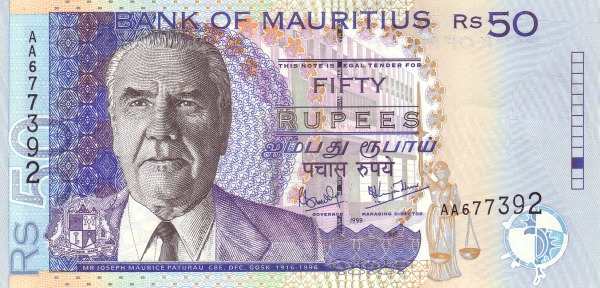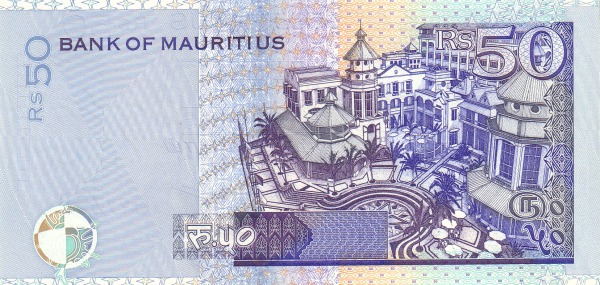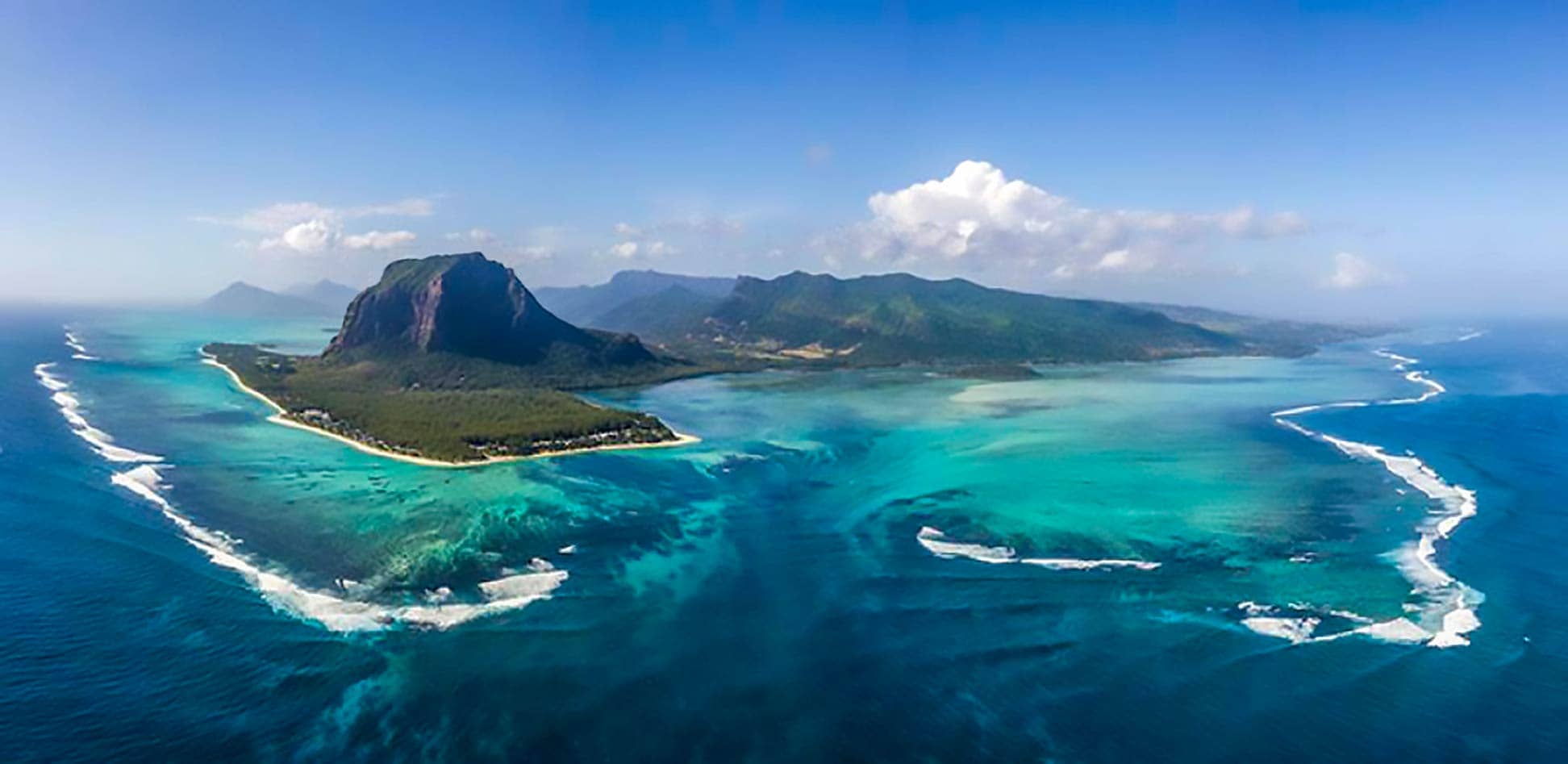Mauritius: A Comprehensive Overview
Mauritius, officially known as the Republic of Mauritius, stands out as a captivating destination in the Indian Ocean. Located approximately 900 kilometers east of Madagascar and 180 kilometers northeast of Réunion Island, this incredible archipelago boasts a rich tapestry of culture, nature, and history. The stunning islands are of volcanic origin and feature breathtaking landscapes. The main island, Mauritius, spans about 61 kilometers in length and 45 kilometers in width, covering an area of 1,864 square kilometers. For context, this makes it slightly smaller than Tenerife and somewhat comparable in size to Maui, Hawaii. In addition to the main island, the nation includes Rodrigues Island, located about 600 kilometers to the east, along with two outer islands, Agaléga (1065 km to the north) and the uninhabited Cargados Carajos Shoals (Saint Brandon), situated roughly 430 kilometers northeast.
A Glimpse into the Demographics
The population of Mauritius, as recorded in 2020, stands at around 1.37 million people, which categorizes it as the most densely populated country in Africa. Remarkably, nearly the entire population resides on the main island. Port Louis serves as the capital and the largest city, functioning as a vibrant hub of activity and commerce. The linguistic landscape in Mauritius is diverse, featuring languages such as Morisien, English, and French. Morisien, a Creole language derived primarily from French, is widely spoken by the populace in daily conversations.
Rich Historical Background
The intriguing history of Mauritius began with its discovery by Arab sailors, followed by Malay tribes. Eventually, European powers gained interest in the early 16th century when the Portuguese arrived. Although the Dutch, French, and British managed various degrees of colonization, Mauritius eventually became independent in 1968. This independence marked a significant turning point in the nation’s progression.
From Agriculture to Economic Growth
Post-independence, Mauritius witnessed a remarkable transformation from a primarily low-income agricultural economy to a diversified middle-income nation. This evolution has propelled the country into a thriving hub for industrial, financial, and tourism sectors. Importantly, Mauritius now attracts around 32,000 offshore entities, many facilitating commerce between India, South Africa, and China. Consequently, the nation has achieved one of the highest per capita incomes in Africa, a testament to its economic resilience.
Stability in Governance
Furthermore, Mauritius showcases one of the most stable representative democracies across Africa. The National Assembly functions as the parliament within the country’s single-house legislative framework. Members of parliament are elected for five-year terms, fostering a vibrant democratic process. The president serves as the head of state, while the prime minister assumes the role of head of government. This democratic structure has allowed for regular, free elections and has positively impacted human rights within the country.
Natural Wonders of Mauritius
Additionally, the natural beauty of Mauritius is truly astounding. The diverse ecosystems include lush forests, coral reefs, and pristine beaches that attract visitors from all corners of the globe. The island's unique wildlife features several endemic species, showcasing its ecological significance. For instance, the Mauritius kestrel, once the world's rarest bird, has seen a dramatic recovery due to conservation efforts.
Cultural Mosaic
Moreover, the cultural richness of Mauritius is notable. Its society is a blend of various ethnic groups, notably descendants of Indian, African, Chinese, and French origins. This multicultural environment contributes to a unique culinary landscape, where visitors can savor delightful dishes that reflect this rich heritage. The annual festivals celebrated by various communities throughout the year further exemplify the nation’s vibrant cultural tapestry.
Tourism Attractions
In addition to its stunning landscapes and rich culture, Mauritius offers an array of exciting tourism opportunities. Iconic sites include the Black River Gorges National Park, renowned for its breathtaking scenery and diverse flora and fauna. Tourists can enjoy many activities, such as hiking, water sports, and exploring historical landmarks. Notably, the idyllic beaches of the island continue to attract beach lovers, offering opportunities for relaxation and adventure alike.
Conclusion: A Bright Future for Mauritius
As we reflect on the journey of Mauritius, it becomes clear that this island nation has much to offer. From its stunning landscapes and vibrant culture to its stable democracy and burgeoning economy, Mauritius stands out as a unique destination. With a focus on sustainable development and preserving its natural heritage, this fundamentally rich nation is poised for an even brighter future.
Largest cities of: Mauritius
| City Name | Population | Year of foundation | |
| Port Louis | 148,200 | 1735 | |
| Curepipe | 86,822 | 1867 | |
| Beau Bassin-Rose Hill | 83,573 | 1763 | |
| Quatre Bornes | 78,581 | 1930 | |
| Vacoas-Phoenix | 70,683 | 1866 | |
| Rose Hill | 27,838 | 1736 | |
| Mahebourg | 18,882 | 1805 | |
| Trianon | 7,330 | 1745 |
Mauritius: Money
